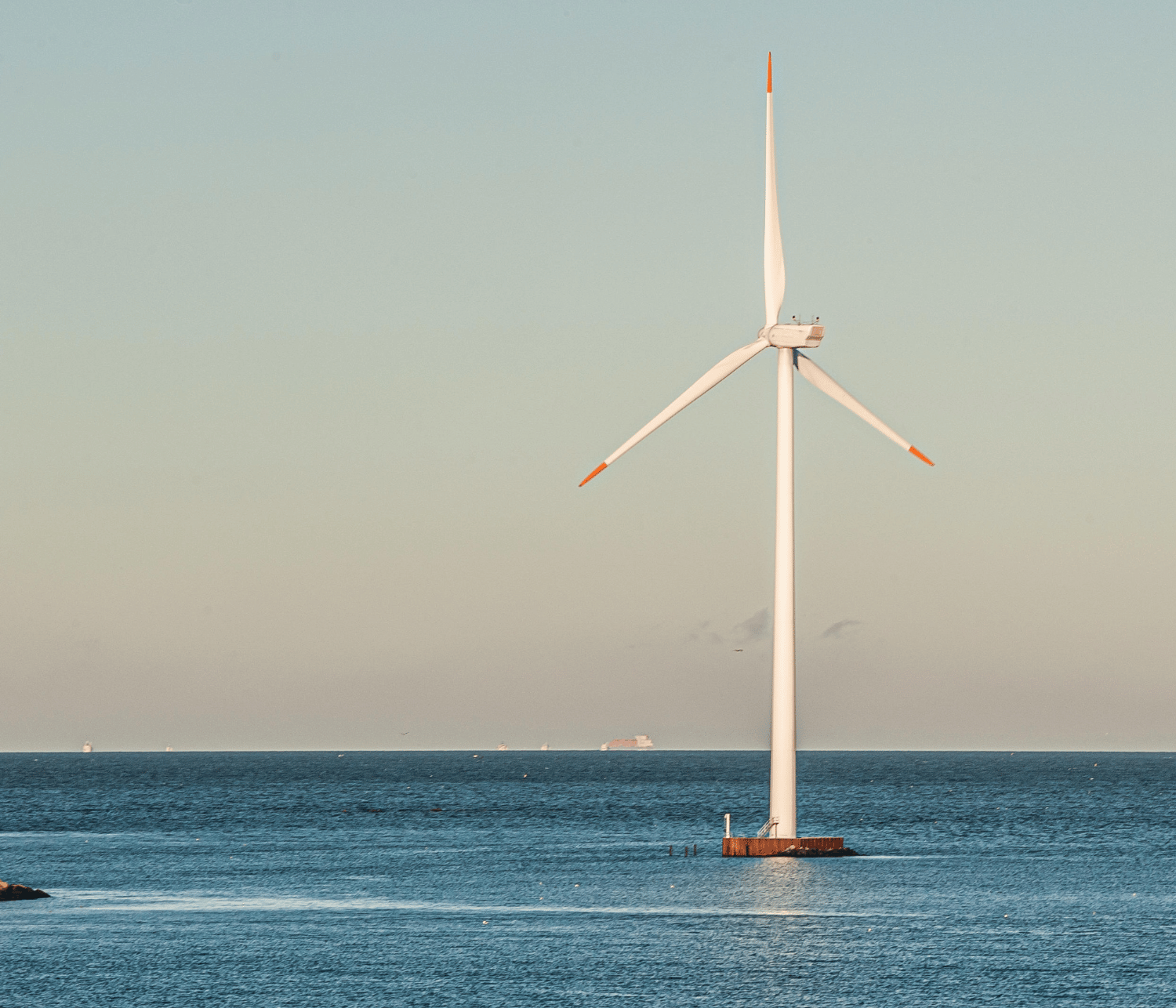Breadcrumbs
Japan
Japan has twice the global average of solar power, but lags far behind on wind
In 2023, Japan relied on fossil fuels for 69% of its electricity. Its emissions per capita were above the global average.
Japan’s largest source of clean electricity is solar (11%). However, due to its untapped wind potential, its share of wind and solar (12%) is below the global average (13%) and its neighbour China (16%).
Japan’s power sector emissions peaked in 2012 and have declined since then, but in 2023 they remained slightly higher than in 2000. This is because coal and gas generate around two-thirds of Japan’s electricity, though in recent years they have been increasingly replaced by nuclear and solar.
Japan aims for 38% renewable electricity by 2030, while the IEA’s Net Zero Emissions scenario sets out a global target of 60% renewable electricity by 2030.
Last updated: May 2024
Progress towards 1.5C power sector benchmarks
Japan
2000–2040
Data



